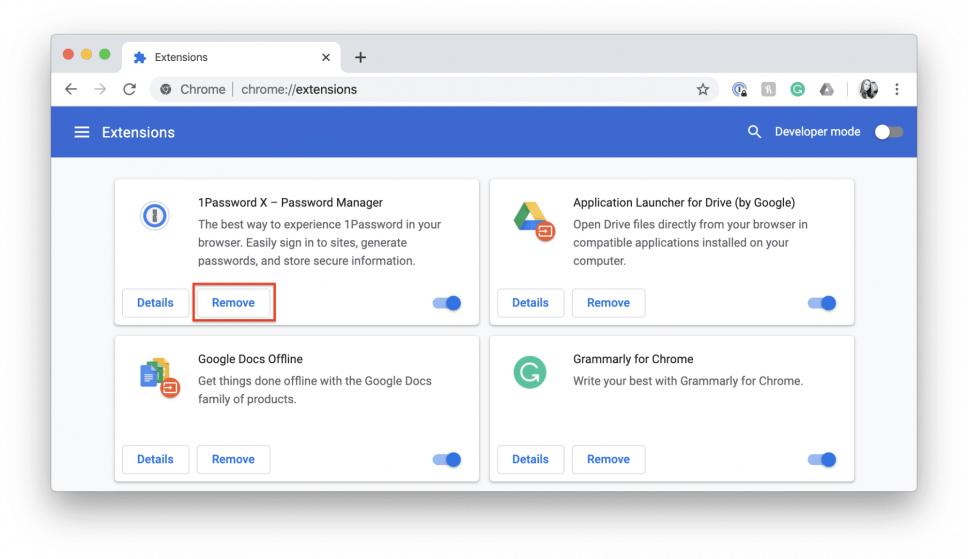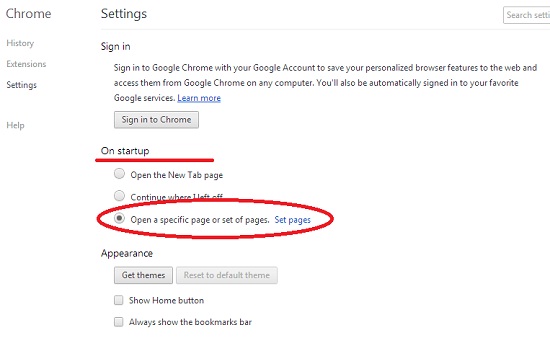
"device_id_salt": "qPIPmfV9u7CJGs6aXx9DxA=" "suppress_first_run_default_browser_prompt": true It should be stored in /Library/Google/Google Chrome Master Preferencesīelow is the content of my Master Preferences file, its just plain JSON Google uses a file called “ Google Chrome Master Preferences” This file can contain some basic preference settings that will be applied. To manage pretty much everything else we will have to create some text files. I won’t go into the details on how to create a profile from a plist with MCX to Profile because Tim has already written good documentation on his site.

Then I used MCX to Profile to generate a config profile from this plist.

To create a profile for this, I first created the plist with the setting i wanted with the following command defaults write checkInterval 0 This then causes the Google Keystone auto update mechanism to never check for updates. This is disabled by simply setting the checkInterval to 0 So it turns out that one item is able to be managed via a config profile.

I was hoping to find something to make my life easier with Google Chrome but alas my Google-Fu failed me. Hat tip to Greg Neagle for his AutoPKG recipes. We then have AutoPKG automatically download the latest ESR and add the CCK autoconfig files to the app bundle before wrapping it up in a nice installer package that is then imported directly into Munki which makes my life very easy. With Firefox, we use the CCK to generate autoconfig files. This brought about a little challenge in that Google Chrome does not fully utilise MCX / Config profiles to control all of its settings, so its not quite as easy to manage as Safari. I had a request to add the Google Chrome web browser to our builds.


 0 kommentar(er)
0 kommentar(er)
